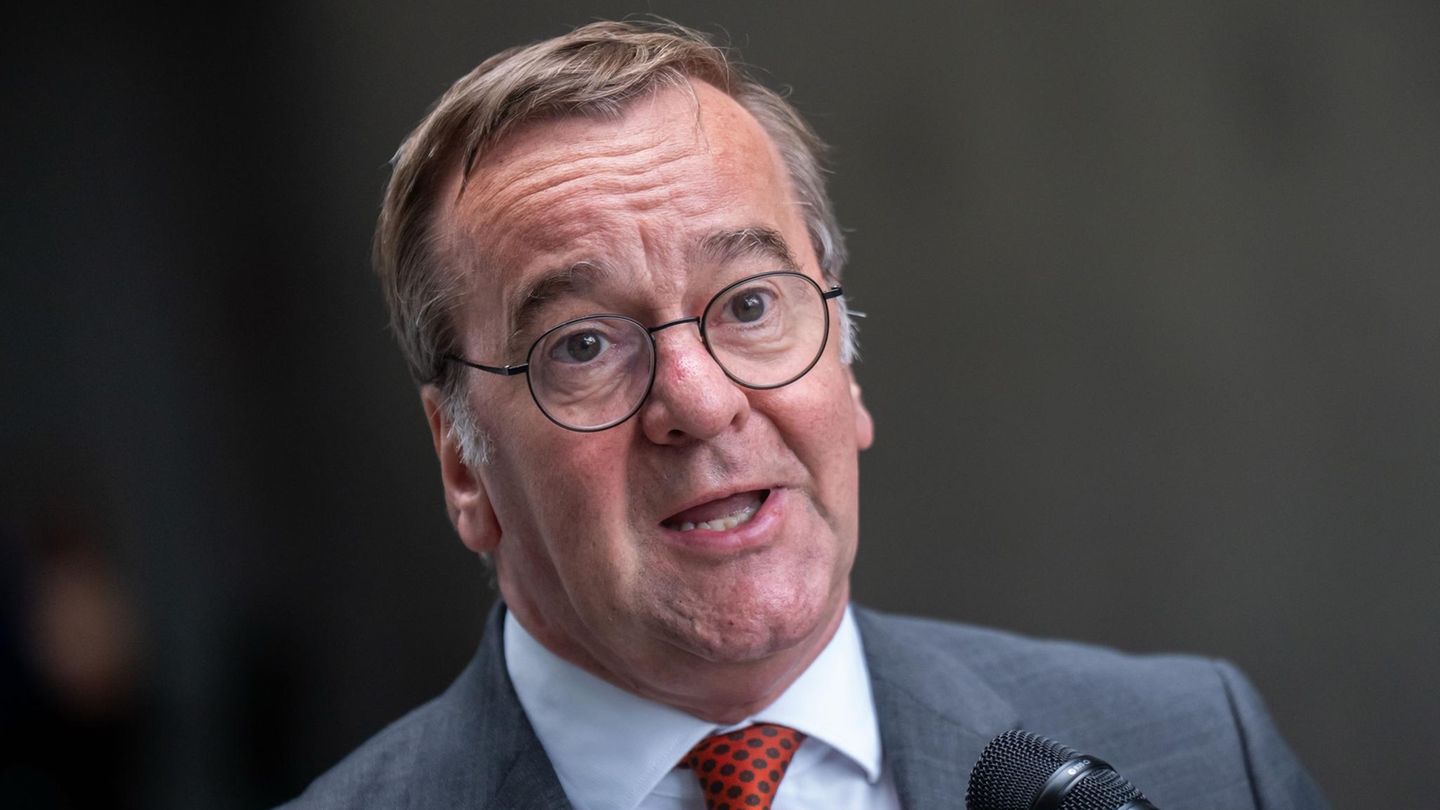Germans’ financial assets have increased in recent years. A study shows: If German citizens had invested more in stocks, they would be even wealthier today.
Savers in Germany traditionally rely heavily on current accounts and overnight money – and miss out on the enormous increase in wealth that would be possible with more stocks. This is shown by a model calculation from DZ Bank, which is available to the German Press Agency before World Savings Day this Wednesday (October 30th).
According to DZ Bank, almost 2.2 trillion euros or a good 23 percent of private financial assets in this country were recently parked in sight deposits or cash – most of it in checking accounts, which usually pay little interest. In mid-2024, insurance (almost 27 percent) and other bank deposits (a good 13 percent) also accounted for a large share, followed by investment funds and, at a distant second, pension securities. Stocks, which only make up around nine percent of financial assets, have tended to be sold in recent quarters. “That sounds like a missed opportunity,” says the study, looking at the latest DAX record of over 19,600 points and an increase of a good 16 percent since the beginning of the year.
More wealth despite setbacks on the stock market
In a simulation, DZ Bank examined how private financial assets in Germany would have developed in the period from 2011 to mid-2024 if the high savings of households during the previous low-interest phase had not ended up primarily in checking accounts, but rather more in stocks. The DZ Bank assumed that the households had four net monthly salaries as a safety buffer – with an average net income of around 2,940 euros per month, 11,760 euros per household.
In the model there was initially a one-time reallocation into shares. Then each quarter only enough liquid assets flowed into sight deposits and cash to reach the safety buffer. The remainder of the financial investment intended for demand deposits, cash and shares went entirely to the purchase of shares. The funds invested from financial assets in funds, insurance policies, pension securities, etc. remained unchanged.
Result: While private financial assets grew by 4.6 trillion euros to 9.2 trillion euros from 2011 to mid-2024, in the model it rose by 5.3 trillion euros to around 9.9 trillion euros. That is 715 billion euros or almost 8 percent more than in reality, according to the study.
The share share in the model was exposed to greater stock market fluctuations. However, the financial assets grew more strongly over the study period – despite temporary slumps in the wake of the Corona crisis and the Ukraine war.
Model is not suitable for everyone
The DZ Bank does have a caveat: just keeping a fixed buffer and investing the remaining liquidity in stocks is unrealistic for some households, such as older people, those with low incomes and households that are planning a large purchase.
The “huge investment backlog” of over two trillion euros enables many households to shift money into stocks without neglecting deposits or pension securities and still maintaining enough liquidity. The well-known recommendations apply to stock investments, writes DZ Bank: to start making regular investments as young as possible, for example to diversify widely across funds, to hold stocks for a long time and not to invest all your money in stocks.
Source: Stern




